Here is a photo of the disassembled engine from Dick Mann’s 1971 Daytona-winning BSA Rocket 3, about which we soon hope to know a lot more.
A tragedy of Britain's motorcycle industry was that it failed to pre-empt eventual Japanese dominance of the market by offering advanced machines with balanced high performance. But as we know, investment capital was short in Britain during the 1960s, so although many advanced designs were proposed, all that was actually done was to 1) expand the Triumph air-cooled 500cc twin into a 750cc triple; and 2) enlarge Norton's 1948 500cc export twin in stages to the problem-plagued but much-admired 850 Commando.
Just as in the case of Edward Turner’s original 500cc Speed Twin, the Triumph/BSA triple was an improvisation, carrying forward the 500’s cost-cutting pushrod valve operation (the last pushrod win in an Isle of Man TT came in 1936). You can also see that the crankcase is a mixture of the 500’s vertical-split heritage with a plain-bearing middle section. Every change to production tooling costs money!
Forged aluminum connecting rods, another of Turner’s 1937 cost-cutters, are also evident. In place of expensive caged roller big-end bearings, he ran aluminum rods directly against the crankpins as plain bearings (replaceable bearing shells arrived in 1955). Aluminum? Steel and titanium are today’s choices. Turner was a regular at Britain’s great Brooklands Speedway and knew that another regular, W.C. Devereux, was supplying forged aluminum rods for several projects between the wars.
Dick Mann rode a moderate-spec machine that finished, while higher-zoot team bikes stopped running. Mann was a sympathetic operator; engines finished races for him. This bike’s present-day steward, Robert Iannucci, calls it “a wonderful race bike” because in 20 years of vintage racing in the hands of men like Dave Roper and Yvon Duhamel, it was satisfyingly successful.
The motorcycle is now being returned to its 1971 Daytona spec.












/cloudfront-us-east-1.images.arcpublishing.com/octane/RGUT3Y65IFGDFMLHQ3U7G5UUQE.jpg)
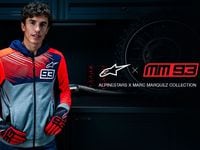
/cloudfront-us-east-1.images.arcpublishing.com/octane/37CSHD6CKRHYXHRB67EOLDS6XM.jpg)
/cloudfront-us-east-1.images.arcpublishing.com/octane/FYB7GKDGLVE3JKXMM75JTG2RYA.jpg)
/cloudfront-us-east-1.images.arcpublishing.com/octane/3ECVMM622VAZHIOLI6Q6ILWULU.jpg)
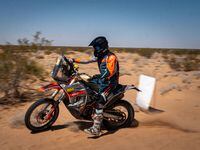
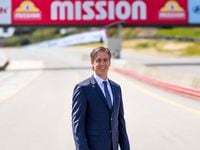
/cloudfront-us-east-1.images.arcpublishing.com/octane/UIZQ7VXRCRHBVDFK5RFJIEBBAU.jpg)

/cloudfront-us-east-1.images.arcpublishing.com/octane/QXBJ4CVEEBG2BF5O3TOPIGP7ZE.jpg)
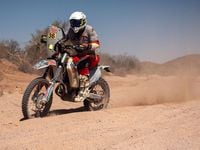
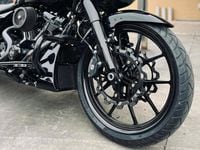
/cloudfront-us-east-1.images.arcpublishing.com/octane/HGNDJUKK4FHNTP5XEYYHWVW6NI.jpg)
/cloudfront-us-east-1.images.arcpublishing.com/octane/GDGQOIQBDBCXLIUZUEMCP2C5ZE.jpg)
/cloudfront-us-east-1.images.arcpublishing.com/octane/M6Z3IHJEAZE4XDQGCFN7YPJEOA.jpg)
/cloudfront-us-east-1.images.arcpublishing.com/octane/L6GYTNOQB5FOXPUZIQZYQSJ3PI.jpg)
/cloudfront-us-east-1.images.arcpublishing.com/octane/FCGZHQXRBZFLBAPC5SDIQLVF4I.jpg)
/cloudfront-us-east-1.images.arcpublishing.com/octane/CWPFD2XJ6VHSJK3YMIJGHRJ5SA.jpg)
/cloudfront-us-east-1.images.arcpublishing.com/octane/4TTNZVVO6ZGN7AQUHVGHM4NFLQ.jpg)
/cloudfront-us-east-1.images.arcpublishing.com/octane/RXDCXNV46VFEVM4FNKCBPCTQXE.jpg)
/cloudfront-us-east-1.images.arcpublishing.com/octane/IM3CJCUTHRHXFCJG77O4OCEBII.jpg)
/cloudfront-us-east-1.images.arcpublishing.com/octane/PHTL3AYR4NBHTDGG5IPVQLJJIQ.jpg)
